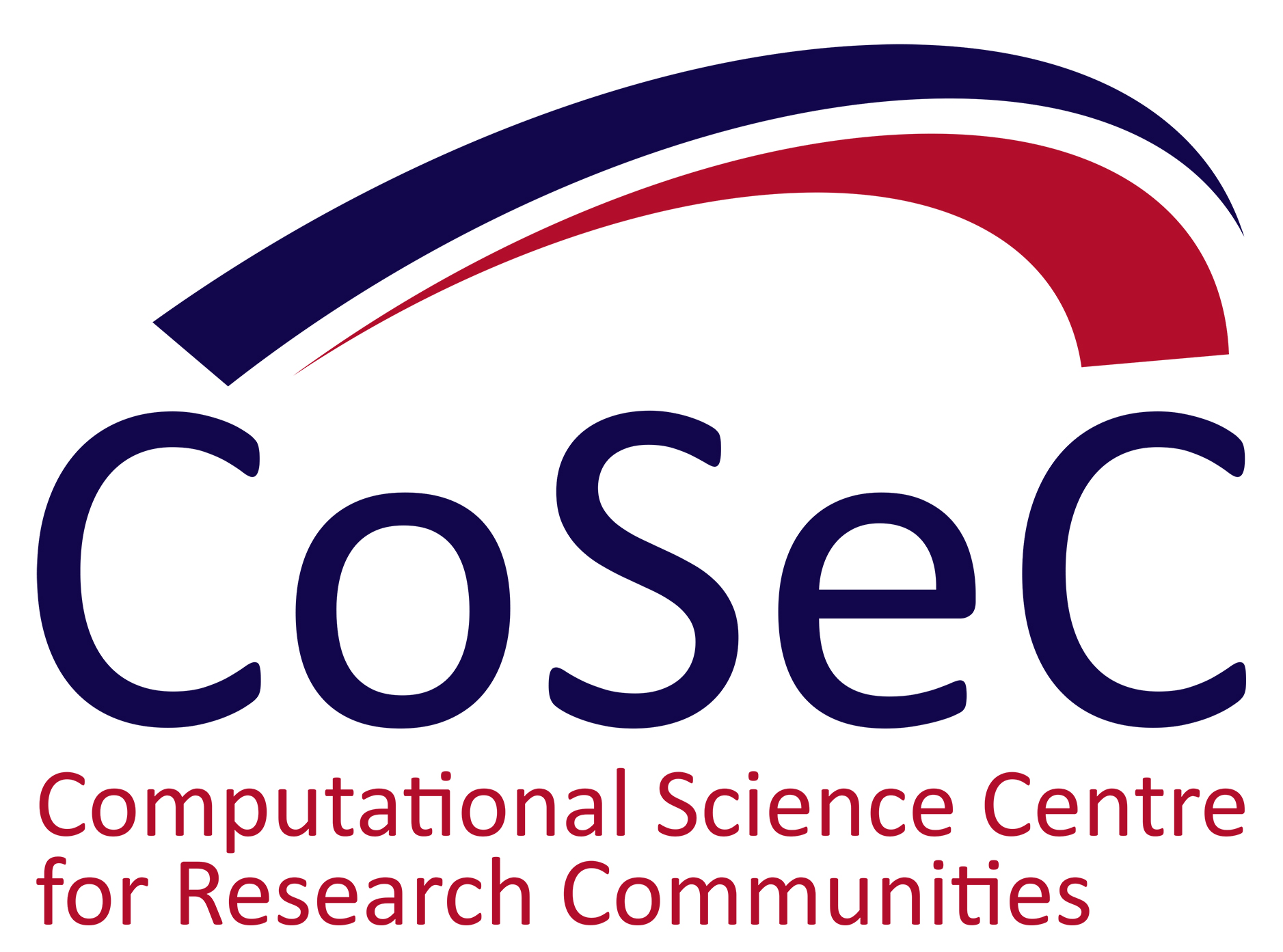 Remember when we learned C, UNIX and all that? There was YACC - Yet Another Compiler-Compiler. Then the celebrated molecular simulator Florian Mueller-Plathe, then at Daresbury and now at Mainz, came up with YASP - Yet Another Simulation Package. So I’m calling these notes on the theory of photoemission YAPF. Why not?
Remember when we learned C, UNIX and all that? There was YACC - Yet Another Compiler-Compiler. Then the celebrated molecular simulator Florian Mueller-Plathe, then at Daresbury and now at Mainz, came up with YASP - Yet Another Simulation Package. So I’m calling these notes on the theory of photoemission YAPF. Why not?
Does the world need another formulation of photoemission theory? Actually, I think it does. There is certainly a long history of work in this field, a very brief outline of which I will shortly give. But the experimental situation continues to change pretty rapidly, and consequently photoemission spectroscopy can say something useful about new bits of interesting physics, especially (from my point of view) solid state physics. Photoemission theory, in its role as a means of interpreting experimental data correctly and accurately, needs to respond to these developments.
The theory of the photoelectric effect, the phenomenon underlying photoemission spectroscopy, starts, presumably, with Einstein. After quantum mechanics, the idea of transitions between the various energy levels of a system, excited by light, was rapidly explored inter alia by Heitler and expounded in his famous book, and the first quantum description of electron spectroscopies came into being. As we know from elementary quantum mechanics, Fermi’s Golden Rule played a central role in determining transition rates from time-dependent perturbation theory.
For solid state physics, perhaps the most important development came in the 1970s and 1980s, with the introduction of angle-resolution. This essentially allowed experimentalists to measure the electronic energy bands as a function of momentum, an absolutely fundamental issue in understanding the very many important electronic properties of solids in terms of solutions of the Schrödinger equation. The equivalent property in the physics of lattice vibrations, the phonon dispersion curves, had been accessible to inelastic neutron scattering experiments for several years - now for the electron states in crystals theory could be confronted by experiment in the same kind of way. There is a famous review article by Fiebelman (theorist) and Eastman (experimentalist) from this era, which gives a nice account of this point of view. However, the weasel word “essentially” in the last sentence but two hints that it wasn’t quite as simple as that. The photoemission process in a crystal is complicated and requires a proper theory if accurate information is to be extracted from the experiments. This kind of proper theory was pioneered by John Pendry, at Daresbury, and others such as Ansgar Liebsch at Jülich; they used real electronic structure calculations for the crystal and, crucially, its surface. Schaich and Ashcroft gave another account based on response theory. Photoemission is a quadratic response of the electron system to an applied electromagnetic field - it’s a DC response to an AC field so it can’t be linear response. Thus, there was a surge of proper theory supplemented by serious calculations, as angle-resolved photoemission became an important experimental tool in solid state physics. Relativistic versions of the theory were soon constructed by Feder, Ebert, Ernst and others - solutions of the Dirac equation replaced those of the Schrödinger equation.
All the theories mentioned so far are 1-electron theories, based on effective 1-electron potentials of a self-consistent field type. Not surprisingly, several many-body theories of photoemission were also developed. Among these, I found interesting the use, by Caroli and others, of Keldysh diagrams (originally developed to describe the time evolution of non-equilibrium many electron systems in general). Nowadays, people can make a variety of serious ab initio many-body calculations, using the Bethe-Salpeter equation and so on, to describe various types of spectroscopy. On the one hand, not surprisingly, such calculations are demanding computationally; on the other, experience shows that a great deal can be learned from 1-electron interpretations of photoemission spectra. Indeed, a hard-core band theorist might argue that without first examining thoroughly the 1-electron story, a full many-electron calculation is not always easy to understand. At all events, I do think that it is well worthwhile to provide as complete and general theoretical description of photoemission at the 1-electron level, and these notes are written in that spirit.
What I’m planning here is a mini-series of posts, beginning with an account of the general formulation and then following with some illustrative calculations on core level spectra, a description of how to build multiple-scattering calculations of electronic structure into the general formalism and maybe some other aspects if I have time.
A note on referencesOccasionally I refer to other sets of notes I’ve compiled or to other posts in this series. This leads to entries such as the following in my References list: [1] Maths Notes.doc, PJD (DL 2020)[2] “On wave-packet dynamics”, post 3 in this series, PJD (DL 2020) Here [2] is self-explanatory. [1] refers to my private general maths notes – these kinds of private notes are almost all standard book work, collected according to my own needs, but if anyone would like access to them, please ask me.
